Rigid foam insulation is an excellent construction material, which is why many people use it. However, one common question regarding this material is if it needs to be covered after installation or if you can leave it be. We have researched this for you, and here is what we found out:
Yes, rigid foam insulation needs to be covered. Whether installed indoors or outdoors, the sheet has to have another covering to prevent damage to the material and not be included in the list of fire hazards. However, some building codes may allow this insulation to be exposed as long as the place is not occupied.
So what are you going to use to cover them? How are you going to do it? Can you do it yourself? These are some of the things that we will discuss in the following sections. Other related queries regarding the rigid foam insulation will also be tackled to give you more knowledge about it. These are all for you. Do make sure to read them all!
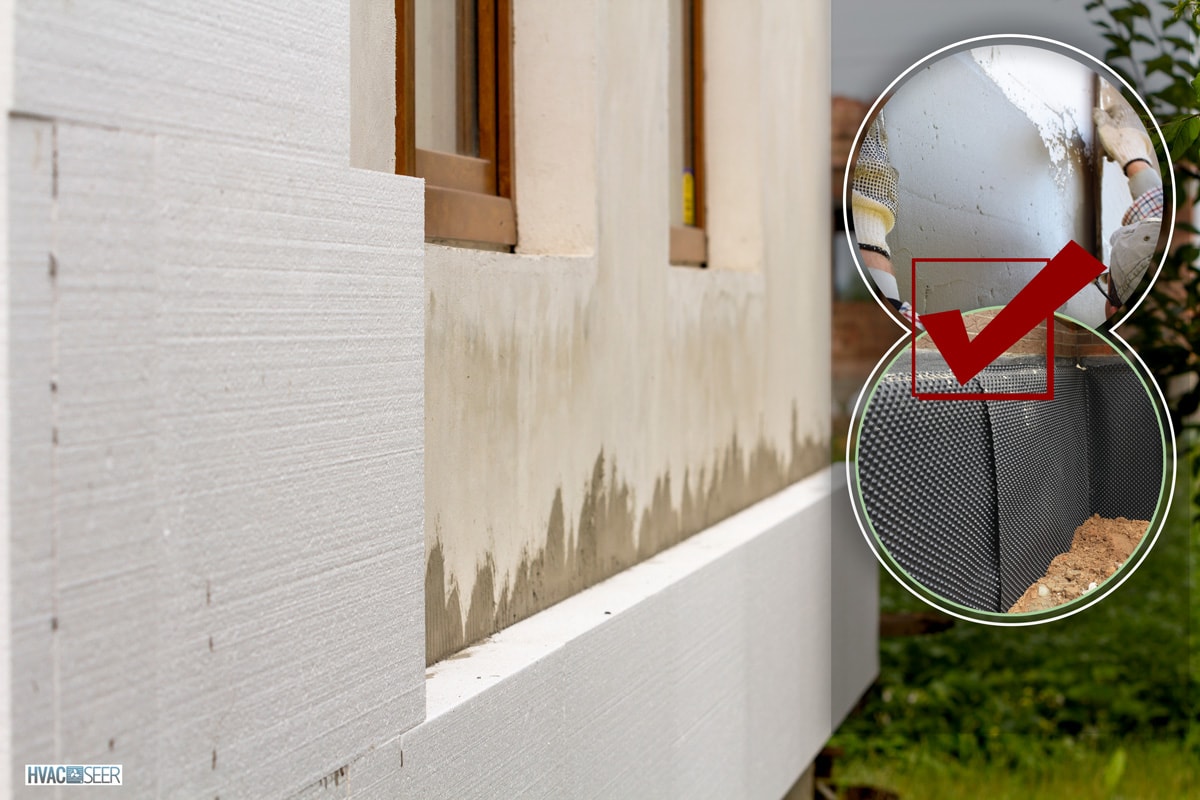
Covering Rigid Foam Insulation
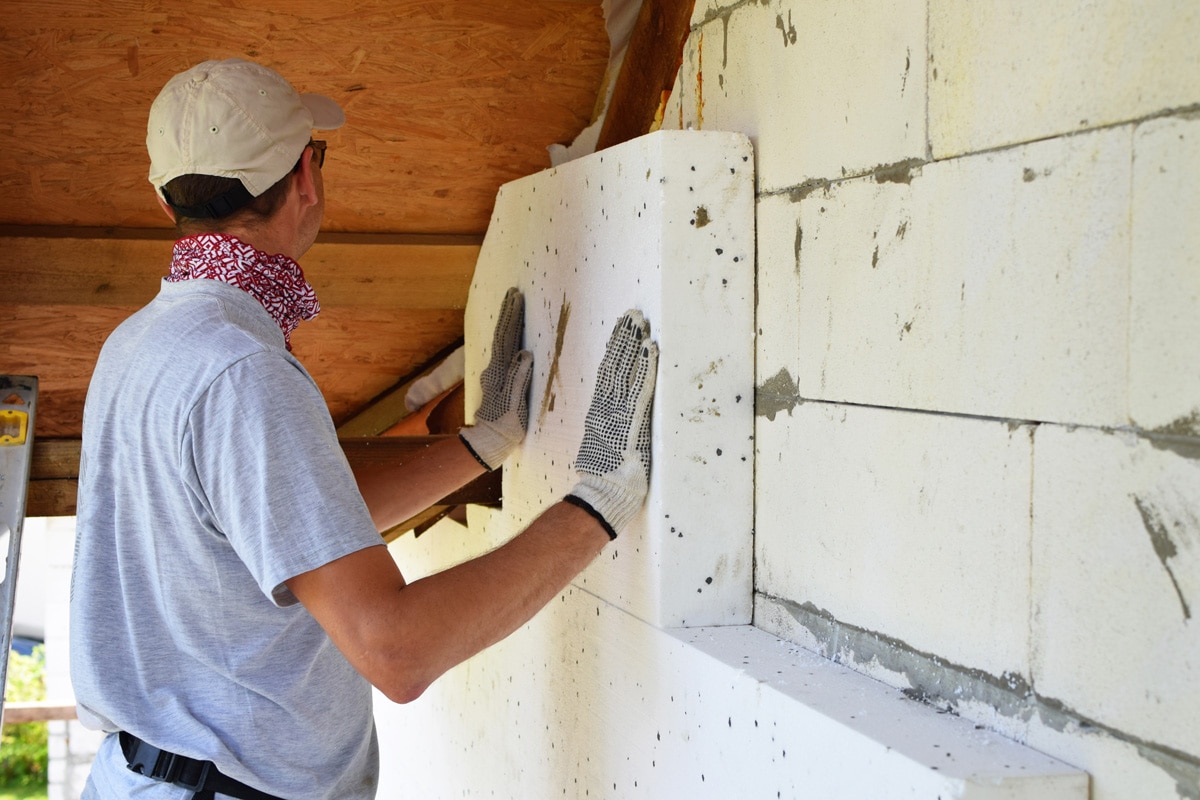
The location where it is installed and the materials it is made contribute to why you must cover rigid foam insulation.
Let us talk about the component that makes up a sheet of this innovative material. Rigid foam insulation commonly contains a thermoplastic ingredient called polystyrene.
If the foam insulation is placed outside,
- The UV rays will cause discoloration and deterioration
- Changes in the weather will cause the exposed parts to deform its shape and thickness.
If you're unable to cover it right away, make sure to do so within 60 days of its installment. Rigid foam insulation installed inside is considered a combustible material, so it will also need to be covered to prevent fires
What Can I Use To Cover Rigid Foam Insulation?
A standard or fireguard drywall is the most commonly used cover because it is fire-resistant and is cheaper than the other options ($12 to $20 per panel).
You can hire professionals to do install this for you, or if you have the skills needed, this can also be a DIY project. Check out the procedure on how to install drywall over rigid foam insulation below.
This can help you decide whether you are going to ask for help on this one or not.
How To Cover Rigid Foam Insulation
Here is the procedure for covering up rigid foam insulation with drywall.
- Get the total area of the place that you will cover.
- Trace the measurement you got to the drywall.
- To make the pasting easier, cut the whole piece into two or more parts, depending on how wide the area is. The narrower, the fewer cuts you can make. Set the material aside first.
- Locate the joists or studs behind the rigid foam insulation and mark them with a pencil. If you have difficulty finding them, you can use a finder or manually measure 16 inches from the edge, measure another 16 inches from that point again, and so on.
Check out JAXWQ's stud finder on Amazon.
5. Using house wrap tape, cover the whole surface of the rigid foam insulation. You can start from left to right or from top to bottom. Make sure not to miss any spots.
Check out this house wrap tape on Amazon.
6. Go back to the drywall you cut and get one piece.
7. Begin putting a handful of adhesive on the back side of the drywall. Starting at the edge, paste the drywall against the rigid foam insulation covered with the house wrap tape. Do the same with the rest of the pieces until the whole surface is covered.
8. Once the drywall and foam insulation are stuck together, locate the stud locations you marked and screw along its alignment for additional security.
9. Get the drywall compound and scoop an amount you think is needed.
10. Spread it across the edges and the screws to cover them up and have a more seamless look.
11. Wait for the compound to be completely dry before sanding it.
12. Paint the drywall surface with the color that you prefer.
Don't know the best place to purchase rigid foam insulation for your project? Check out the locations that you can go to for this here: Where To Buy Rigid Foam Insulation?
Does Rigid Foam Insulation Need A Vapor Barrier?
You will know whether the rigid foam insulation needs a vapor barrier depending on how it is installed. If you are certain that no gaps are formed between it and the surface where it is placed, then you probably will not need a vapor barrier.
However, if you want to be sure that the area is insulated correctly, having a vapor barrier will do the work. This is why having this task done by a professional is essential. If you plan on installing rigid foam insulation, you can expect to pay anywhere between $2,000 to $7,500.
This price range will change based on many factors, such as the total area that will be worked on, the type of foam used, and where it will be placed.
Can Rigid Foam Insulation Be Left Exposed In the Attic?
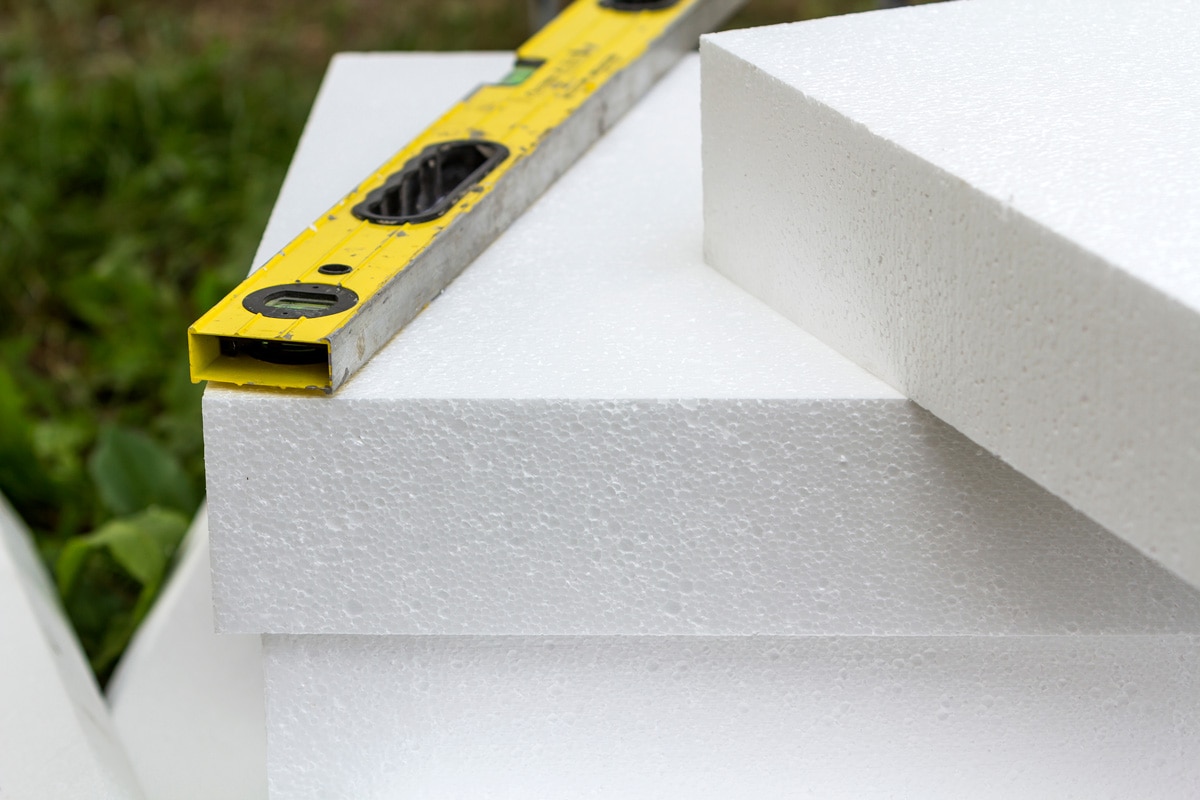
Rigid foam insulation can only be exposed if the local building code allows you to do so. You can check the local building code in your area to review whether leaving the foam insulation exposed in the attic is safe and does not impose any fire hazard.
What Happens If Rigid Foam Insulation Gets Wet?
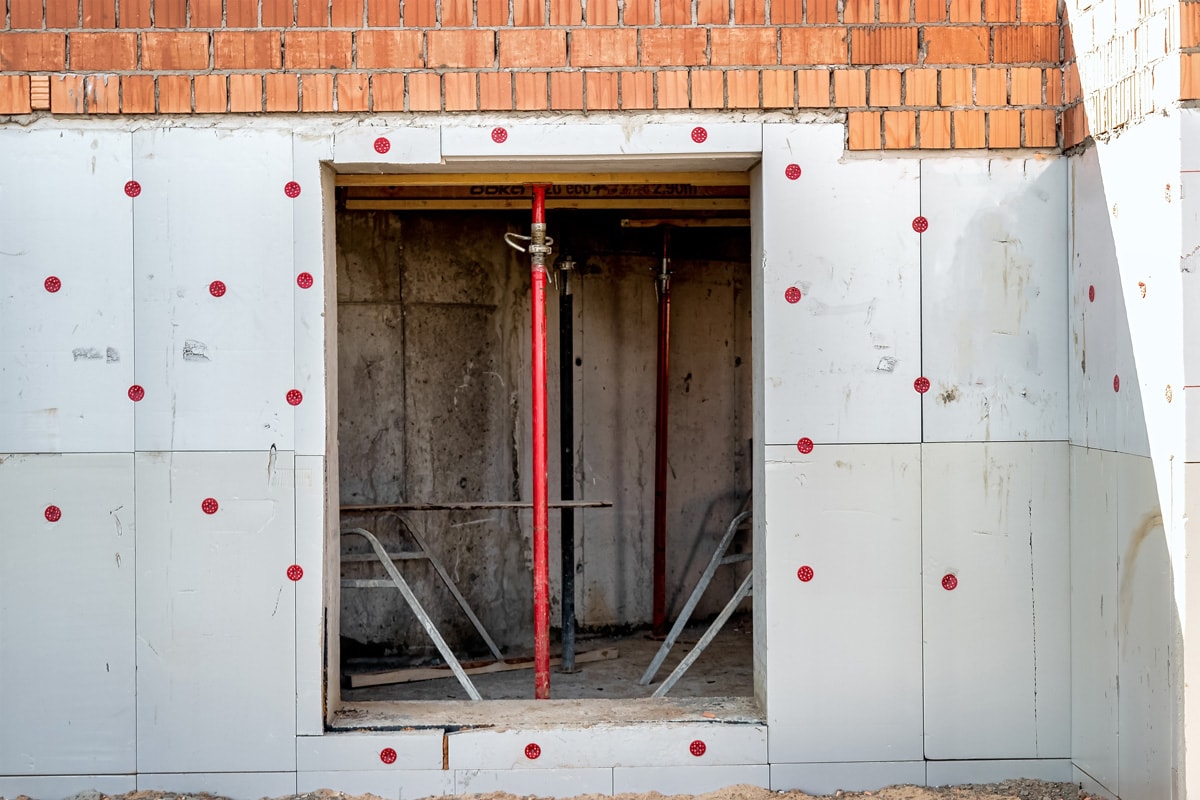
If the rigid foam insulation gets wet, you should expect molds and mildews, as the moisture presence in this material will promote mold growth. Although plastics are not the best environment for molds, this does not mean they can not grow on them. Take steps like reducing the humidity in your room if you want to prevent this from happening.
Did you notice mold around your windows? In this post, learn if condensation is the reason behind it: Does Condensation On Windows Cause Mold?
How Long Does Rigid Foam Last?
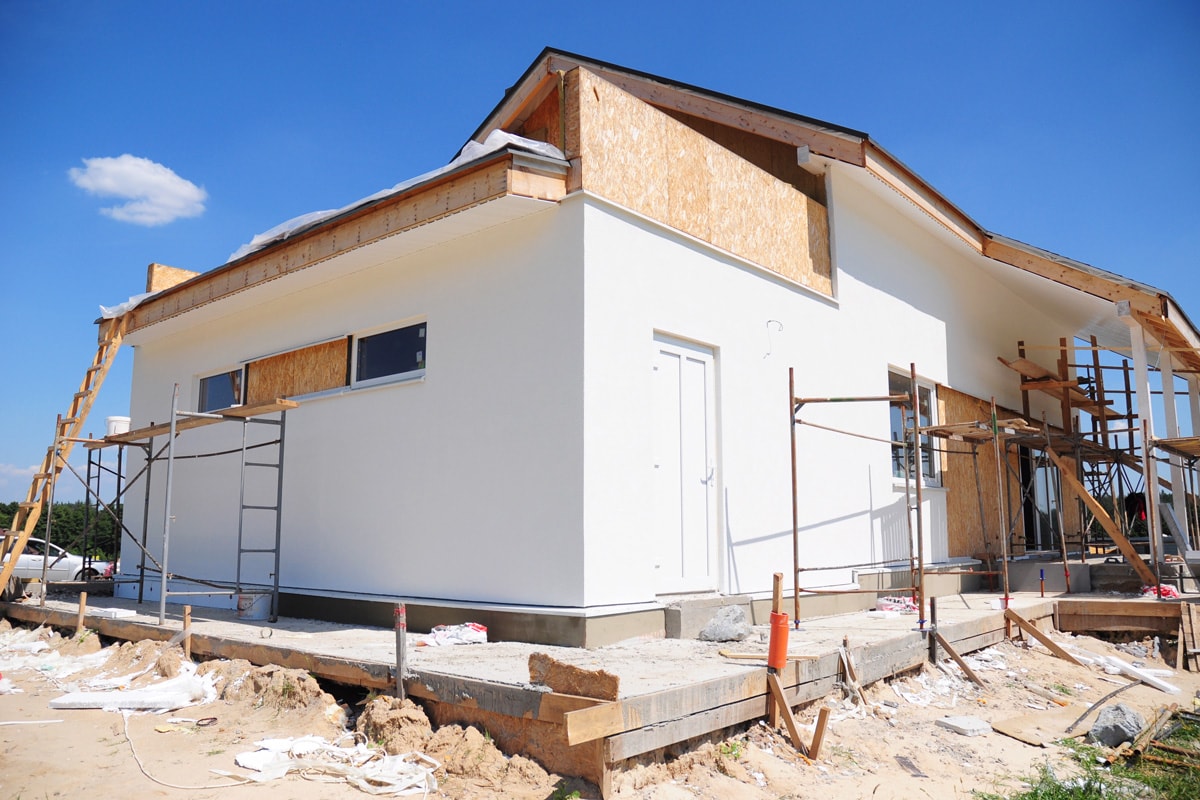
Rigid foam insulation can last up to 100 years if installed correctly and is protected from the factors that may ruin the material in the long run. However, this does not mean there is no need for a replacement during this span. Any damage that may hinder its function in your home can be a reason to shorten the century-long life of your rigid foam.
In Summary
Covering the rigid foam insulation is important because the place where it is installed highly affects the exposed material. Those which are placed indoors are prone and considered a fire hazard.
This is because foam insulation is made up of plastic. Meaning once a fire occurs, this uncovered material will be burnt easily and will spread the fire faster than when it is covered with a fire-resistant material such as drywall.
The UV rays promote deterioration and discoloration when the rigid foam insulation is installed outdoors and is exposed directly to sunlight and weather. Meanwhile, the constant weather changes are why the material is deformed.


